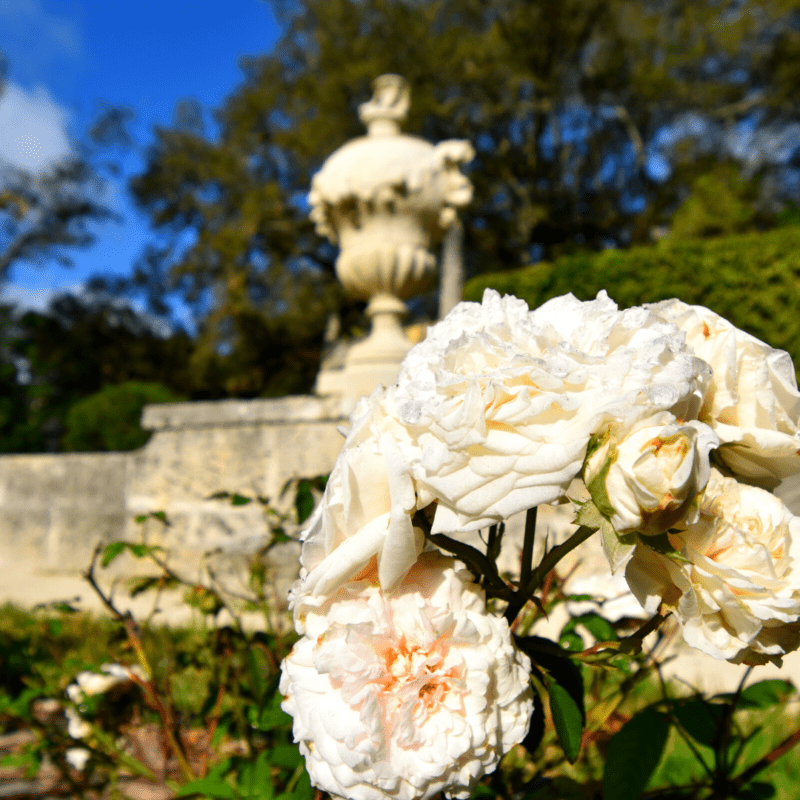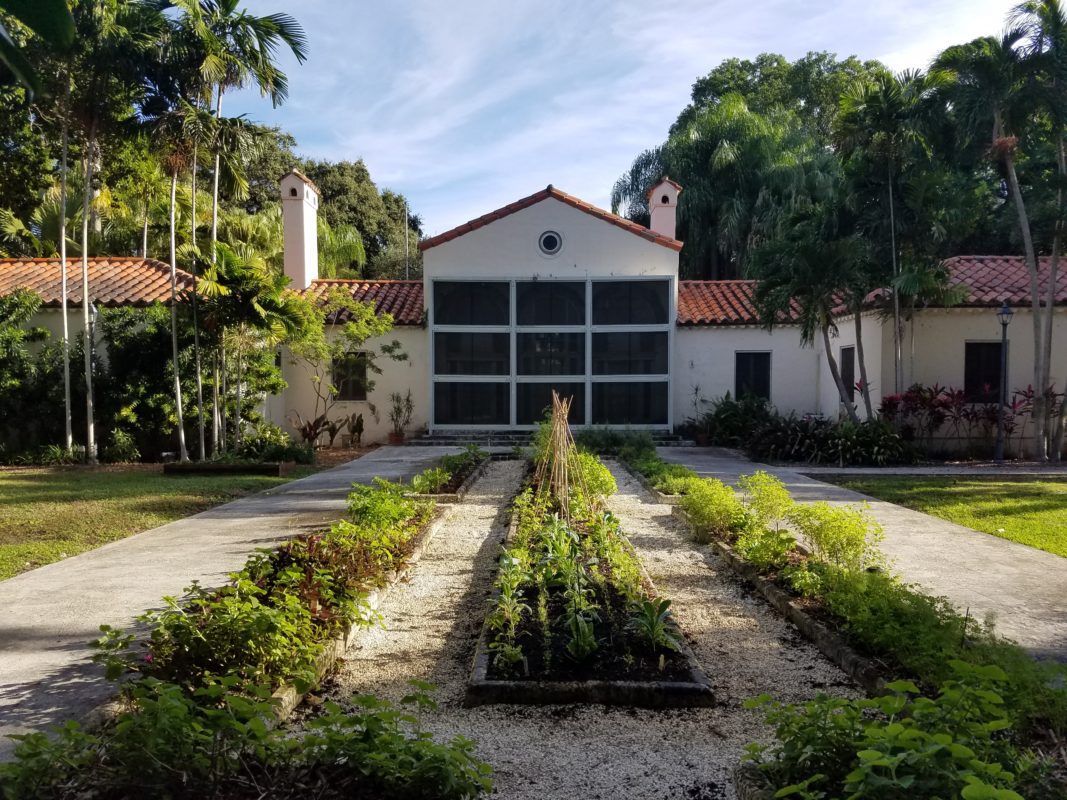30 Years in the Making
Nestled in the mangrove forest and along an estuary from Biscayne Bay, the Marine Garden is an immersive tropical experience. At the edge of Vizcaya’s formal gardens, urban Miami melts away and visitors encounter a more wild, natural Vizcaya.
It was designed to store fish when James Deering spent winter seasons at Vizcaya, and the bridge also served as a transition between the formal gardens and the unmanicured Lagoon Gardens of the southern property.
The Marine Garden is one of the most enticing and mysterious areas of Vizcaya’s formal gardens, perhaps because it has been so long since visitors have been able to experience it as it was meant to be.
Closed off for Decades
Sitting below sea level on the edge of the Biscayne Bay waterfront, the Marine Garden is quite vulnerable to flooding, especially during hurricanes. The garden first closed following significant damage from Hurricane Andrew in 1992. A second hit by Hurricane Wilma in 2005 kept this hidden garden closed for 11 more years. Not only did hurricane damage flood the space with debris and muck, but it also destroyed railings around the “pool” and low walls leading to the bridge, making the space unsafe for visitors. In 2009 a full restoration was estimated at $2 million.
The project was put on hold as other priorities throughout the 100-year-old estate were addressed. When Vizcaya was chosen to host the American Public Gardens Association National Conference in June of 2016, focus returned to the gardens.
“It’s pretty exciting… because it’s always been very sad for me to see that garden blocked off,” said Ian Simpkins, the Vizcaya’s Deputy Director for Horticulture and Urban Agriculture.
Vizcaya’s Horticulture and Maintenance staff worked quickly starting in May 2016 to stabilize the space. Although a full restoration was not yet possible, this approach made the space safe for visitors to explore and presented the garden as “a romantic ruin,” as Simpkins explained.
The garden reopened successful in June 2016 and remained open until 2017.
More Hurricane Damage
In September 2017, Hurricane Irma made landfall in Miami and, once again, flooded the Marine Garden. Along with mud and debris, the hurricane deposited countless unpaired flip flops and even a wave runner.
Railings and walls, which had not yet been repaired, received a new wave of damage. Because of the garden’s remote location, cleaning up the space proved challenging. This time, Vizcaya received tremendous help from Miami-Dade County’s Water and Sewer Department, which brought in powerful tanker trucks to excavate the space along with dozens of crew members. Watch the video below for footage of this massive effort.
The Road to Restoration
Vizcaya is grateful for support from FEMA that supported the restoration of the Marine Garden.
The restoration of the Marine Garden involved highly specialized work. The historic stone, metal, and wood elements each required a specialized process and varied expertise to restore and preserve the material. Vizcaya ‘s staff and conservator worked with the conservation team from Rosa Lowinger and Associates to bring the Marine Garden back to life.
Perhaps most importantly, Vizcaya has taken steps to ensure that the Marine Garden (among other areas) is as well protected as possible from future storms. The recently installed Tiger Dam system protects the entire garden area from storm surge in a way that was not possible before its installation. You can learn more about this innovative system by checking out related stories below.
Due to the extensive conservation work that has taken place, the Marine Garden is now open to the public once again. Need help finding the Marine Garden? Watch the video below as we guide you right to it.
Come experience the Marine Garden in person! Visit Vizcaya and reserve your tickets online.
Need help find the Marine Garden? Watch the video below and we’ll lead you right to it.
HELP KEEP VIZCAYA GREEN
Support the continued preservation of this National Historic Landmark.






